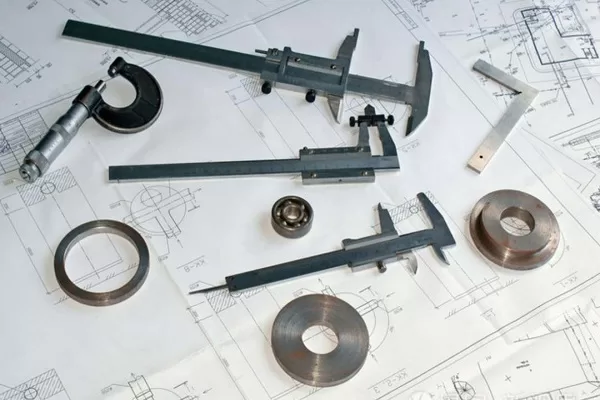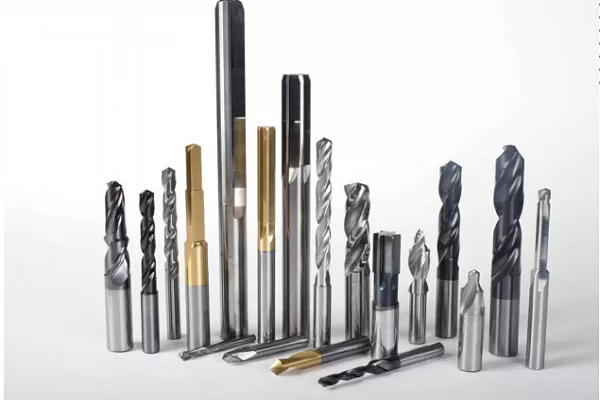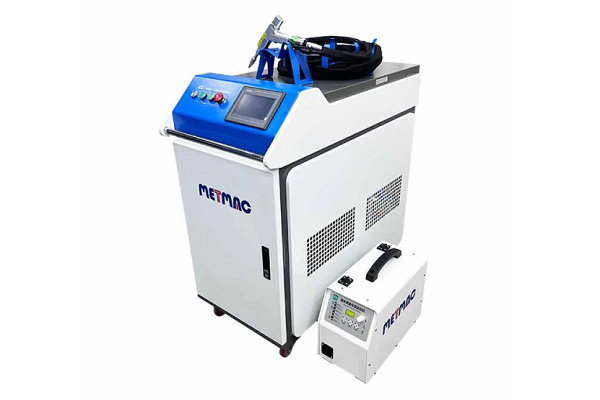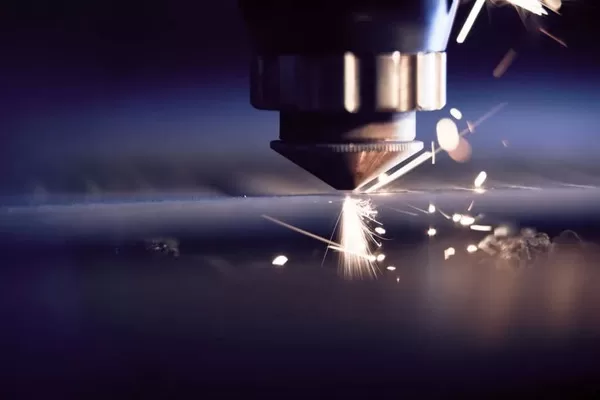
Tips for Selecting the Right Blade for Your Metal Strip Cutting Machine
- By:Metmac
- 2024-05-11
- 94
Selecting the right blade for your metal strip cutting machine is crucial for achieving precise and efficient cuts. Here are a few tips to guide you in making an informed choice:
Material Considerations
– Type of Metal: The hardness and thickness of the metal you’re cutting determine the blade’s material. For thin and soft materials, stainless steel blades are suitable. For thicker and harder metals, high-speed steel or carbide-tipped blades are recommended.
– Tensile Strength: The tensile strength of the metal indicates its resistance to breaking under tension. Blades designed for high-tensile strength metals have thicker profiles and sharper edges to withstand the force required for cutting.
Blade Geometry
– Teeth Per Inch (TPI): TPI refers to the number of teeth per linear inch of the blade. Higher TPI blades produce smoother cuts with less burring, but they also require more force to cut through the metal. Lower TPI blades are more aggressive and can cut faster, but they produce rougher cuts.
– Tooth Profile: The tooth profile determines how the blade engages with the metal. Blades with a straight tooth profile are suitable for general-purpose cutting, while blades with a curved tooth profile provide more aggressive cutting action.
– Clearance Angle: The clearance angle is the angle between the blade’s cutting edge and its face. A higher clearance angle allows more clearance for chips to escape, reducing friction and extending blade life.
Blade Coating
– Titanium Nitride (TiN): TiN coating improves blade hardness and wear resistance, extending its lifespan and cutting performance. It is particularly beneficial for cutting tough or abrasive materials.
– Diamond-Like Carbon (DLC): DLC coating offers exceptional hardness and lubricity, resulting in smoother cuts with less friction. It is ideal for cutting delicate or thin materials.
Additional Considerations
– Blade Thickness: The thickness of the blade affects the machine’s torque requirements. Thicker blades require more torque, but they also provide more rigidity and stability.
– Blade Length: The length of the blade depends on the width of the metal strips you’re cutting. Blades longer than the strip width can cause excessive deflection, leading to inaccurate cuts.
– Blade Tension: Proper blade tension is essential for optimal cutting performance. Too loose a blade can slip or wander, while too tight a blade can snap or deform.
By carefully considering these factors, you can select the right blade for your metal strip cutting machine to achieve the desired cutting results, extend blade life, and ensure safe and efficient operation.
-
The Advantages of Using a Sheet Roll Forming Machine in Manufacturing
2024/09/14 -
How to Optimize Your Laser Sheet Cutting Machine for Maximum Performance
2024/09/12 -
How to Maximize Efficiency with Modern Sheet Metal Working Machines
2024/09/04 -
The Environmental Benefits of Using Duct Board Grooving Machines
2024/09/03
-
A Guide to the Latest Innovations in Sheet Metal Folding Machines
2024/11/29 -
Key Features to Consider When Investing in a Sheet Metal Folding Machine
2024/11/28 -
Enhancing Precision with Advanced Sheet Metal Folding Machines
2024/11/27 -
How to Choose the Right Sheet Metal Folding Machine for Your Workshop
2024/11/26



